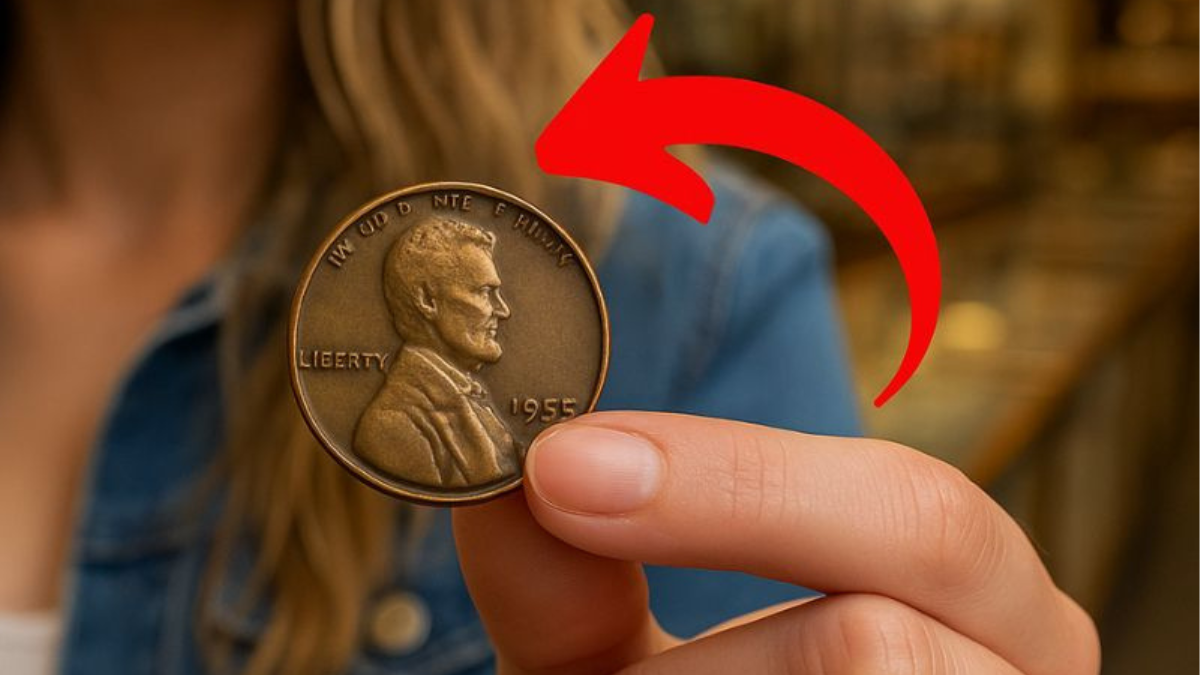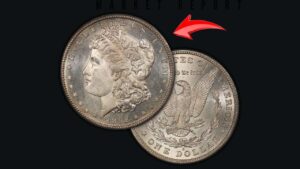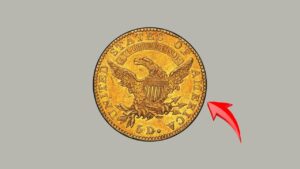The Lincoln Wheat Penny is more than just spare change—it’s a slice of American history that could be worth a small fortune. With origins dating back to 1909, this coin isn’t just a collector’s item; it’s a potential treasure, especially if it happens to be the ultra-rare 1943 copper version. While most of these pennies are only worth face value, a few rare types have sold for as much as $1.7 million, and experts believe one in perfect condition could fetch up to $5.5 million. Here’s what makes these coins so special—and how to tell if you’ve got one hiding in your pocket.
The Story Behind the Lincoln Wheat Penny
The Lincoln Wheat Penny debuted in 1909 to commemorate the 100th birthday of Abraham Lincoln. It marked the first time a U.S. coin featured a real person—Lincoln’s portrait replaced the previous Liberty designs. Victor David Brenner, the designer, included his initials (“VDB”) on the reverse, at the bottom between the wheat stalks.
From 1909 to 1958, these pennies featured the iconic wheat design on the reverse, symbolizing American agriculture. However, a twist in history during World War II led to the creation of a rare variant that’s become one of the most sought-after coins in numismatic history.
The 1943 Copper Penny: An Expensive Mistake
In 1943, the U.S. Mint produced pennies using zinc-coated steel to conserve copper for the war effort. However, by accident, a few copper planchets—leftover blanks from 1942—were struck into circulation. Only about 20 authentic 1943 copper pennies are known to exist, making them exceptionally rare.
One such coin sold for $1.7 million in 2010, and coin experts believe a pristine version could command up to $5.5 million today. These coins owe their high value to a unique combination of rarity, historical context, and collector demand.
How to Identify a Rare Lincoln Penny
Think you’ve found a valuable penny? Here are the features to check:
| Key Feature | Details to Look For |
|---|---|
| Year | 1943 (must be copper, not steel) |
| Material | Copper does not stick to a magnet |
| Mint Mark | “D” (Denver), “S” (San Francisco), or no mark (Philadelphia) |
| Condition | Uncirculated/mint—no scratches or discoloration |
| Errors | Look for double-stamping or missing elements |
If your 1943 penny sticks to a magnet, it’s steel—common and worth only a few cents. If it doesn’t, you might be holding something extraordinary.
Other Valuable Wheat Pennies to Know
Aside from the 1943 copper version, some other Lincoln Wheat Pennies are also highly collectible:
- 1909-S VDB – Only 484,000 were minted, making it rare.
- 1914-D – Scarce due to low mintage numbers.
- 1922 “No D” – Coins missing the “D” mint mark from Denver.
Coins in mint condition with low mintage or unique errors can be worth hundreds or even thousands of dollars.
What to Do If You Think You’ve Found a Rare Penny
- Don’t clean it – Cleaning reduces value.
- Handle with care – Use gloves or a soft cloth.
- Test with a magnet – Copper won’t stick.
- Seek expert authentication – Use reputable services like PCGS or NGC.
- Consider your selling options – Auctions, coin dealers, or online platforms like eBay, once authenticated.
Even if your penny isn’t worth millions, some Wheat Pennies regularly sell for $50–$500 based on rarity and condition.
Why This Penny Fuels a Modern Treasure Hunt
Part of what makes the Lincoln Wheat Penny so thrilling is the possibility—however slim—that a rare one could still be out there in circulation. Stories abound of people finding valuable coins in change jars, flea markets, or tucked away in old piggy banks. With so many minted over decades, new discoveries continue to keep collectors—and hopeful treasure hunters—on high alert.
So next time you get change at the store, take a second look. That small copper coin might just change your financial future.
FAQs:
What makes the 1943 penny so valuable?
It’s a minting error. The U.S. used steel for pennies in 1943, but a few were mistakenly made with copper, making them incredibly rare.
How can I tell if my penny is copper or steel?
Use a magnet. Steel pennies stick; copper ones don’t.
Should I clean an old penny before selling it?
No. Cleaning can scratch the surface and drastically reduce its value.




